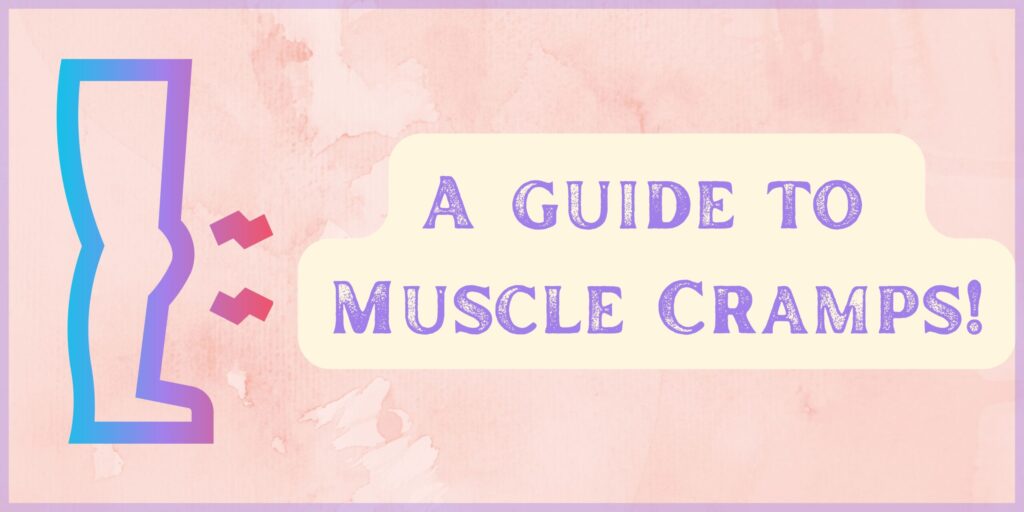Remedies for muscle cramps
The remedies for muscle cramps are addressed carefully in this article. Muscle cramps are a common medical problem that affects a large number of people from time to time. A muscle cramp happens when one or more than one part of your muscles feels like it is tightening or contracting on its own, and you can’t get them to loosen up. This could happen to just one muscle, part of one muscle, or more than one muscle. Several things can cause muscle cramps, but the most common reason is that the muscles can’t relax as they should.
When you work out, walk, or do other physical activities, your legs and feet may cramp because there isn’t enough blood flow to those areas.
When a muscle is cramping, in addition to the severe pain, you may also notice that the muscle seems tight or as if it is bursting forth. You are more likely to experience cramping in your muscles in the following spots throughout your body at certain times:
- the back of your lower legs or calves
- The front of your thighs or the quadriceps
- Abdomen
- the back of your thighs or the hamstrings
- Arms
- Feet
Who will get muscle cramps?
Older people, individuals with nerve problems, pregnant women or ladies having their period, and persons who overuse or strain their muscles are expected to get muscle cramps.
There are also other things that can trigger muscle cramps, such as:
- Dehydration
- staying in the same position for a long time
- Mineral deficiencies, which can happen when diuretics are used,
- Magnesium and potassium are both important for health and can cause cramps if you don’t get enough of them in your diet.
Remedies: stretching out
A muscle cramp that happens during or right after exercise is called an exercise-associated muscle cramp, or EAMC. An EAMC is a sudden, strong, and painful contraction of skeletal muscle that happens without the person’s control.
Stretching out is one of the remedies for muscle cramps. When you get a muscle cramp, you should stop doing what caused it and stretch it out. It is one of the best methods to ease muscle cramps right away. Don’t forget that you should also stretch before and after you work out.
You can help a tight muscle loosen up by stretching it, gently rubbing it, and massaging it. If you have a calf cramp or a charley horse, you should stand up, put your weight on the leg that is cramping, and bend your knee very slightly. When you have a leg cramp, you should sit on the floor and spread your foot or leg out in front of you. Keep your other leg straight as you slowly bring your foot closer to your body.
Remedies: Massaging and applying heat
Massaging the muscle is included in the remedies for muscle cramps. After stretching, you might be able to get rid of the muscle spasms you’ve been having with a massage. Do a little massage on the muscles with your hands or a roller to help them loosen up.
In addition to stretching, one of the most important things to do for muscle cramps is to put heat on the area that hurts. Heat may help ease some of the pain of a muscle cramp if applied as soon as the muscle starts to spasm. This is because heat helps the muscle relax. You can take a hot shower or bath to calm down. You could also try putting a heating pad or a warm cloth on the tight, strained muscle.
If you stay away from caffeine [coffee, tea, soft drinks, or chocolate], you may get over a muscle cramp more quickly.
Remedies: Applying cold and Drinking water
Applying cold is one of the remedies for muscle cramps. Applying ice is another good way to treat muscle cramps, which you can learn more about here. Once the pain from the heat has gone down a bit, you can get an ice bag or a pack of ice and put it on the cramping muscle. Remember that you need to wrap the ice in a towel. You could also try to relax the muscle by rubbing the cramp with the ice pack.
Drinking sufficient water throughout the day may help prevent muscle cramps and ease ones that have already started. Muscle cramps are often caused by being dehydrated. If you drink enough water throughout the day, you may be able to avoid these painful spasms.
For example, if you have a leg or foot cramp, you should raise that part of your body. Keep this position for about a minute or until the cramp goes away. By making healthy changes to what you eat and how you live, you may be able to cut down on the number and severity of muscle cramps and spasms.



